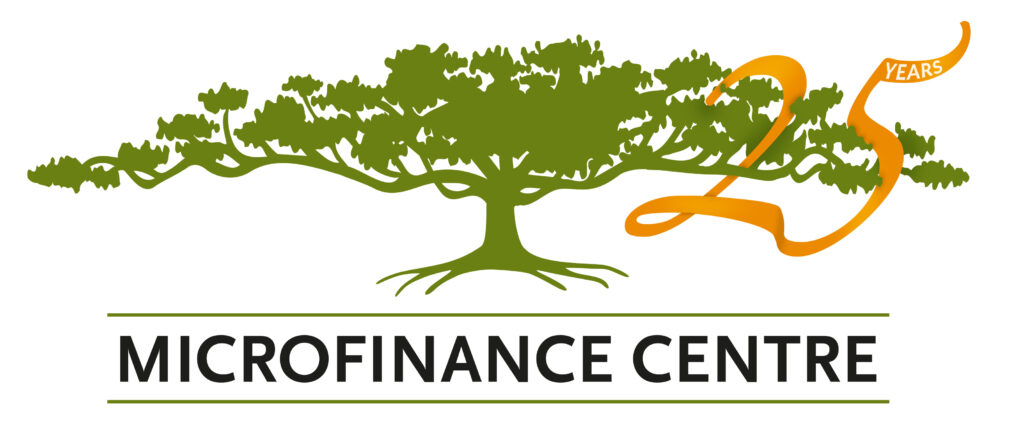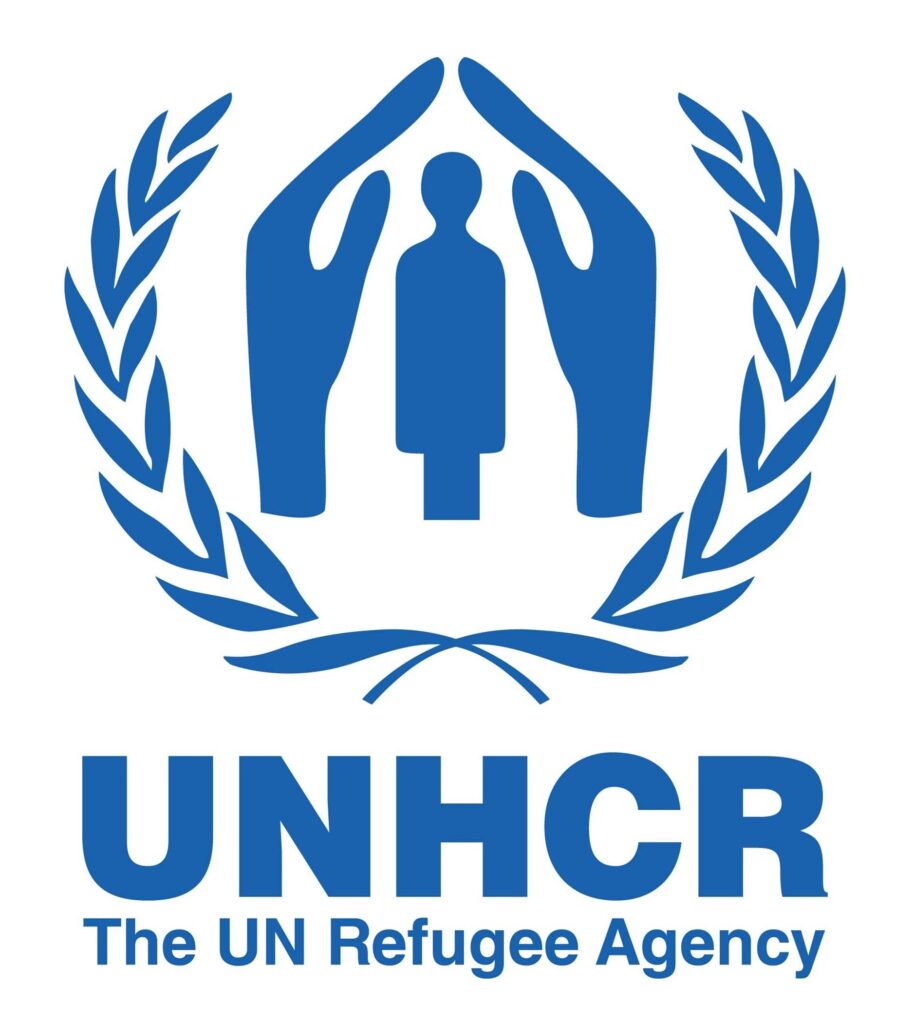Financial Inclusion Gaps and Refugee Integration in Europe: The Role of Microfinance
Fleeing one’s homeland with nothing but hope for a safer future is a harsh reality faced by millions of refugees across Europe. Their quest for a new life is often hampered by the obstacle of financial exclusion. While there have been global efforts to extend affordable financial services to marginalized groups, including low-cost microcredit and mobile money transfers, refugees and migrants in Europe frequently struggle to access these services. Challenges such as insufficient identification, discriminatory practices, and limited financial literacy create barriers, hindering their full integration into host societies. These obstacles are significant, as a bank account is often a prerequisite for formal employment, securing housing, and managing daily expenses.
As of the end of 2022, Europe, including Türkiye, became a sanctuary for over a third (36%) of the world’s refugee population. The influx rose dramatically from 7 million at the end of 2021 to 12.4 million by the end of 2022, propelled by the millions seeking refuge from Ukraine. (UNHCR Global Trends Report 2022)
This blog delves into the pivotal role of microfinance as a potential solution to financial inclusion challenges. Microfinance emerges as a ray of hope and a tool for empowerment, aiding refugees in their efforts to integrate into their host communities. It highlights how microfinance bridges the financial gaps that obstruct refugees from establishing stable, integrated lives in new environments. The Microfinance Center (MFC) and UNHCR’s joint efforts in 2022-2023 shed light on how the European microfinance sector can address these gaps.
Understanding the Financial Exclusion of Refugees: Navigating Challenges and Barriers
In the realm of financial inclusion for refugees in Europe, a stark contrast exists in the accessibility of financial services. While the European Union has notably aided displaced Ukrainians since 2022 through reduced fees and streamlined banking procedures, other refugee groups have not been afforded the same level of assistance. This discrepancy is highlighted by the uneven enforcement of the 2014 EU Payment Accounts Directive, which is intended to allow refugees and asylum seekers to open basic bank accounts. This situation underscores a significant gap in the financial inclusion landscape, emphasizing the need for a more uniform approach to ensure all refugees in Europe have equitable access to essential financial services. Lack of adequate identification, discriminatory practices, and limited financial literacy are significant barriers.
Key Barriers to Financial Inclusion for Refugees
1. Lack of Documentation: Upon arrival, most refugees lack the necessary identification, financial records, or credit history, which are standard requirements of traditional financial institutions. This lack of documentation presents a significant barrier to opening bank accounts or obtaining credit.
2. Regulatory Hurdles: European regulations, such as Know Your Customer (KYC) and Anti-Money Laundering (AML) protocols, play a crucial role in preventing financial crimes. However, these regulations can inadvertently sideline refugees who are often unable to provide the required background checks and financial histories.
3. Limited Financial Literacy: Many refugees come from regions with vastly different financial systems, or they may have had limited exposure to any formal banking system. This unfamiliarity can be overwhelming and act as a deterrent in seeking financial services.
4. Cultural and Language Barriers: Differences in language and financial practices between refugees’ home countries and Europe can lead to confusion and distrust. Many refugees are not familiar with basic financial concepts such as interest rates, savings accounts, or insurance, complicating their navigation of the European financial landscape.
5. Limited Access to Employment: The lack of stable employment is a common issue for refugees, making it difficult to provide proof of income – a crucial requirement for many financial services. This challenge is exacerbated by restrictions on work permits and the difficulty in getting foreign qualifications recognized.
6. Social Exclusion and Discrimination: Refugees often encounter social exclusion and discrimination, which can extend to their financial interactions. This can manifest in financial institutions being reluctant to engage with them or offering less favorable terms.
7. Geographical Limitations: Many refugees reside in remote or segregated areas, where access to financial institutions is limited. This geographical distance further contributes to their financial exclusion.
8. Psychological Barriers: The trauma and stress experienced by refugees can impede their ability to engage with complex systems like banking. Concerns about taking on debt or mistrust in financial institutions are significant psychological hurdles.
The Financial Inclusion Journey
Table: Range of financial services that refugees may need during each displacement phase
| Displacement phase | Financial Service Demands |
| Phase 1: arrival | Survival cash for food, housing, medical services and to repay debt incurred during escape. |
| Phase 2: initial displacement | Savings products, remittances, microcredit for consumption, health insurance. |
| Phase 3: stable/protracted displacement | Savings products, microcredit for business and consumption, mortgage/home improvement loans, transactional accounts for cross-border payments, remittances, health insurance. |
| Phase 4: permanence | Savings products, microcredit for business and consumption, pension plans, insurance products. If return/resettlement is the goal: savings for journey, transferrable credit history, transferable pension schemes. |
Source: UNHCR-SPTF – Serving Refugee Populations – The Next Financial Inclusion Frontier: Guidelines for Financial Service Providers
The path to financial inclusion is a gradual journey, one that involves building knowledge and gaining access to a range of financial services and products. This progression can be likened to ascending a ladder, step by careful step, rather than making an abrupt leap. The financial inclusion journey for refugees is a nuanced, multi-stage process, akin to climbing a ladder, each rung representing a distinct phase of displacement with specific financial needs. Initially, upon arrival, the focus is on securing survival cash for essentials like food, housing, and medical care, while addressing any debts incurred during escape. As they settle into their new environments, the demand shifts to savings products, remittances, and microcredit for daily consumption, alongside the critical need for health insurance. In more stable or protracted phases of displacement, the financial landscape broadens to encompass microcredit for business endeavors, mortgages or loans for home improvement, and sophisticated transactional accounts for cross-border payments, maintaining the importance of remittances and health insurance. Ultimately, in the permanence phase, the financial strategy evolves towards long-term planning with savings products, pension plans, and diverse insurance options, preparing for future stability or potential resettlement. This phased approach to financial services mirrors the changing realities of refugees, highlighting the importance of tailored financial support to ensure a smooth transition and integration into their new or returned communities.
At each stage, the financial services demand evolves, reflecting the changing circumstances and needs of displaced individuals. Timely and appropriate financial interventions are crucial in supporting refugees through these phases, ultimately leading to their satisfactory integration and financial stability in their host communities or in their return to their homeland.
Given the varied backgrounds and unique situations of refugees, appropriate and timely support is crucial in aiding their ascent up this ladder of financial inclusion. The ultimate goal is for them to achieve a level of integration where their financial standing and capabilities are on par with those of the local population, ensuring a smoother and more equitable integration into their host communities.
The Potential of Microfinance in Refugee Financial Inclusion
Microfinance institutions (MFIs) emerge as a beacon of hope for refugees, playing a vital role in bridging the financial inclusion gaps in Europe. These institutions are at the forefront of offering accessible, flexible financial services tailored to the unique needs of refugees, who often find themselves excluded from traditional banking systems. MFIs provide essential services such as small-scale loans, savings accounts, and insurance products, which are particularly crucial for underprivileged populations.
One of the key strengths of microfinance lies in its adaptability. The services offered are designed to accommodate the irregular income patterns commonly experienced by refugees, ensuring that financial products meet the varying demands of individuals who may not align with the conventional banking model. This flexibility extends to the creation of financial products that cater to specific needs, fostering an inclusive environment where refugees can confidently manage their finances.
Beyond mere financial transactions, MFIs place a strong emphasis on community building, financial education, and empowerment. Through a community-centric approach, they foster collaboration and trust, establishing partnerships and understanding the distinctive needs of local communities. This approach is instrumental in empowering refugees, not only by providing them with financial services but also through educational programs and workshops. These initiatives enhance refugees’ financial literacy, enabling them to make informed decisions and manage their economic well-being effectively.
Moreover, microfinance is pivotal in stimulating entrepreneurial spirit and livelihood development among refugees. By offering small loans and other financial support, refugees are encouraged to start and expand their own businesses, contributing positively to both their personal development and the local economy. This empowerment through entrepreneurship aids significantly in their integration into the social, economic, and cultural fabric of their host communities.
How microfinance supports refugees in addressing the financial gaps:
- Building Credit Histories: MFIs play a crucial role in helping refugees build their credit histories. In countries like France, microfinance initiatives such by ADIE have assisted refugees in obtaining small loans, which, when repaid successfully, help in building a positive credit history, crucial for future financial endeavors.
- Financial Education and Capacity Building: MFC emphasizes the importance of financial education for refugees. Workshops and training sessions on budget management, savings, and understanding of financial products are essential.
- Encouraging Entrepreneurship: Many refugees come with skills and business experience from their home countries. Microfinance can provide them with the necessary capital to start small businesses. There have been numerous success stories across Europe f.e by MicroStart in Belgium or SiS Credit in Bulgaria where refugees have set up businesses ranging from restaurant to tech startups with the help of microfinance loans.
- Facilitating Employment and Income Generation: Some MFIs, recognizing the barriers to employment for refugees, offer programs that combine microfinance with vocational training. For instance, ADA microfinance provides microloans to refugees alongside training, leading to improved employment prospects.
- Partnerships for Broader Impact: organizations such as MFC and e-MPF advocate for partnerships between MFIs, NGOs, government agencies, and international organizations to create more comprehensive support systems for refugees. These collaborations lead to more effective and sustainable financial inclusion initiatives.
- Risk Management and Sustainability: MFC also focuses on risk management strategies for MFIs (f.e. peer to peer learning, working groups, technical assistance) ensuring that the services provided to refugees are sustainable. This involves understanding the unique risk profiles of refugee populations and designing financial products accordingly.
- Research and Advocacy: Organizations like the MFC and EMN engage in research to understand better the financial behaviors and needs of refugee populations. This research informs policy recommendations and advocacy work, aiming to create a more enabling environment for refugee financial inclusion.
Despite the significant potential of microfinance in aiding refugees, its successful application faces several challenges that necessitate careful consideration and strategic planning. The partnership program between the UNHCR and the Microfinance Center (MFC) has been pivotal in navigating these obstacles. Key among these challenges are regulatory barriers that often hinder the smooth operation and accessibility of microfinance services to refugees. To overcome these, there was a crucial need for cooperation among a wide array of stakeholders, including financial institutions, governmental bodies, and community organizations. Such collaboration ensured that the diverse needs and circumstances of refugees are adequately met and that the solutions provided are both effective and sustainable. This multifaceted approach, spearheaded by the UNHCR-MFC partnership, was instrumental in ensuring that microfinance can reach its full potential in supporting refugees, acknowledging the importance of a well-rounded and inclusive strategy in the realm of financial aid and empowerment for displaced populations.
Conclusion
In conclusion, as Europe navigates the complexities of refugee integration, the pivotal role of financial inclusion in fostering long-term success cannot be overstated. Microfinance stands at the forefront of this journey, embodying empowerment and inclusivity, essential pillars in building a supportive environment for refugees. The potential of microfinance to transform lives is immense, but realizing this potential requires a concerted effort from various sectors.
Policymakers and financial institutions have a crucial role to play. By drawing on the insights from successful microfinance initiatives and embracing the latest technological advancements, they can contribute to shaping a financial landscape that is not only more inclusive but also adaptive to the unique needs of refugees. Collaboration with organizations like the UNHCR is key in this endeavor, ensuring that strategies are well-informed and aligned with the actual needs of refugees.
Furthermore, the integration of financial education, support for entrepreneurship, and leveraging digital technologies are critical components of a comprehensive strategy. These elements not only aid refugees in navigating the financial world but also empower them to rebuild their lives and make meaningful contributions to their host communities. By adopting a multi-dimensional approach to financial inclusion, Europe can create a nurturing environment where refugees do more than just survive; they thrive. Such an environment not only benefits the refugees themselves but also enriches the social, economic, and cultural fabric of the European communities they join. The goal is clear: to transition from merely accommodating refugees to actively empowering them, ensuring their journey in Europe is one of growth, stability, and successful integration.
References:
Darvas, Zsolt. 2017. The Challenge of Fostering Financial Inclusion of Refugees. Bruegel blog post, December 13, 2017. Available online.
Dhawan, Swati Mehta. 2018. Financial Inclusion of Germany’s Refugees: Current Situation and Road Ahead. European Microfinance Network working paper No. 2, Brussels, October 2018. Available online.
United Nations High Commissioner for Refugees (UNHCR) “Financial Inclusion.” UNHCR Livelihoods and Economic Inclusion. Available online
United Nations High Commissioner for Refugees (UNHCR) Global Trends report 2022) Available online
United Nations High Commissioner for Refugees (UNHCR). 2017. Serving Refugee Populations: The Next Financial Inclusion Frontier — Guidelines for Financial Service Providers. Geneva: UNHCR. Available online.


